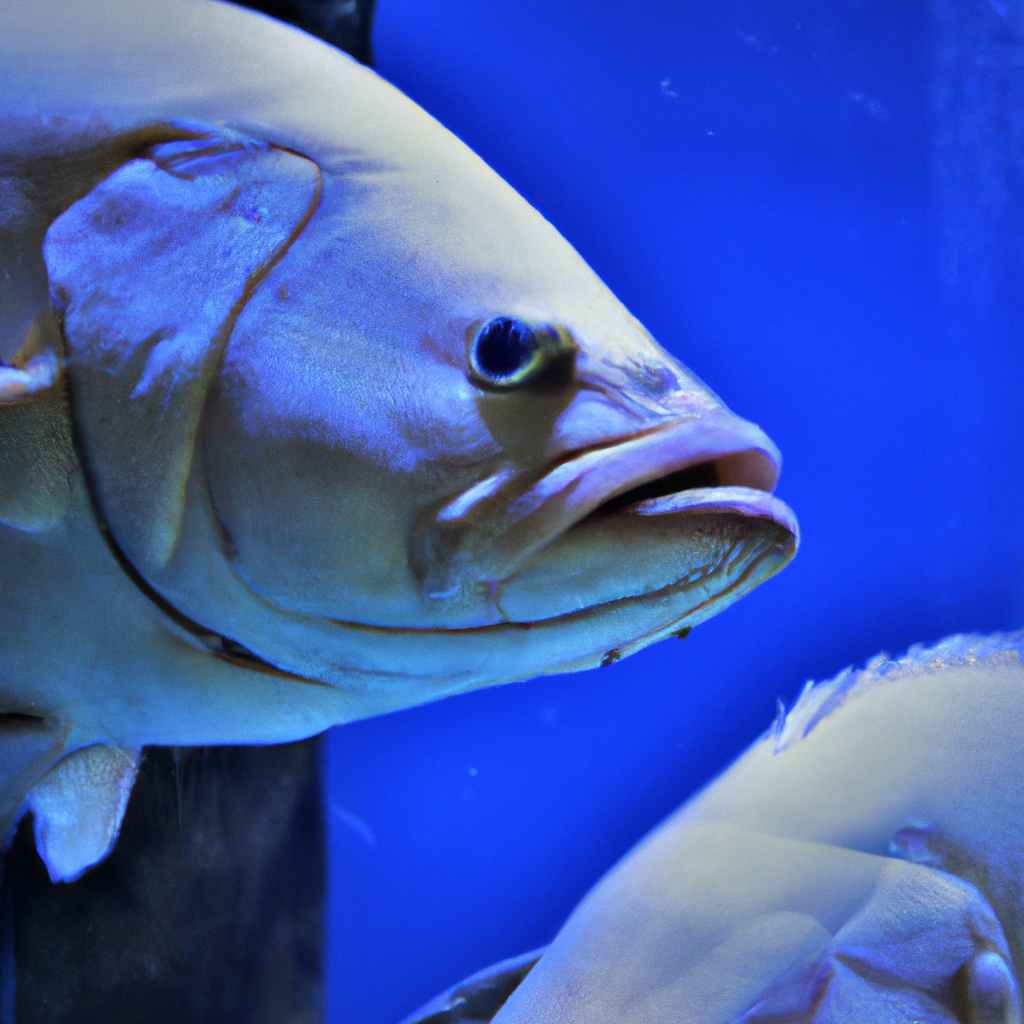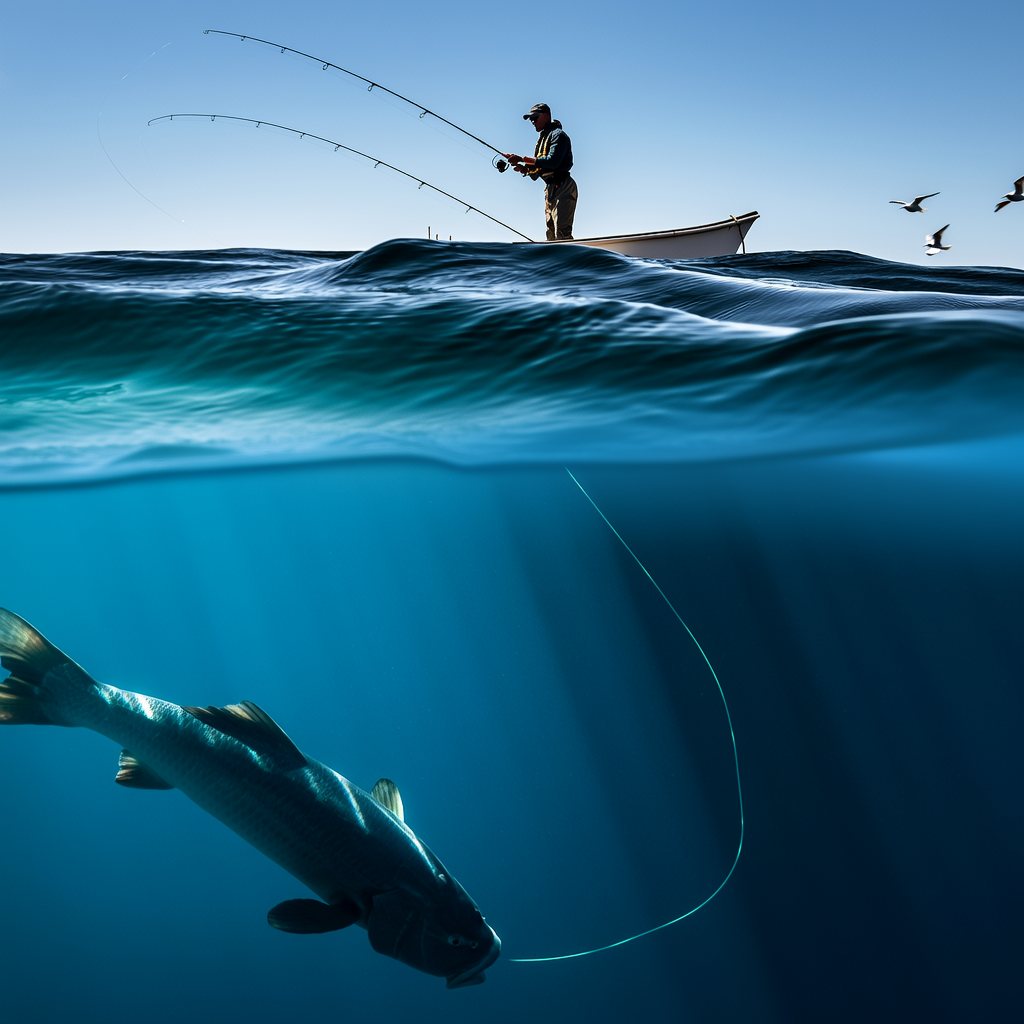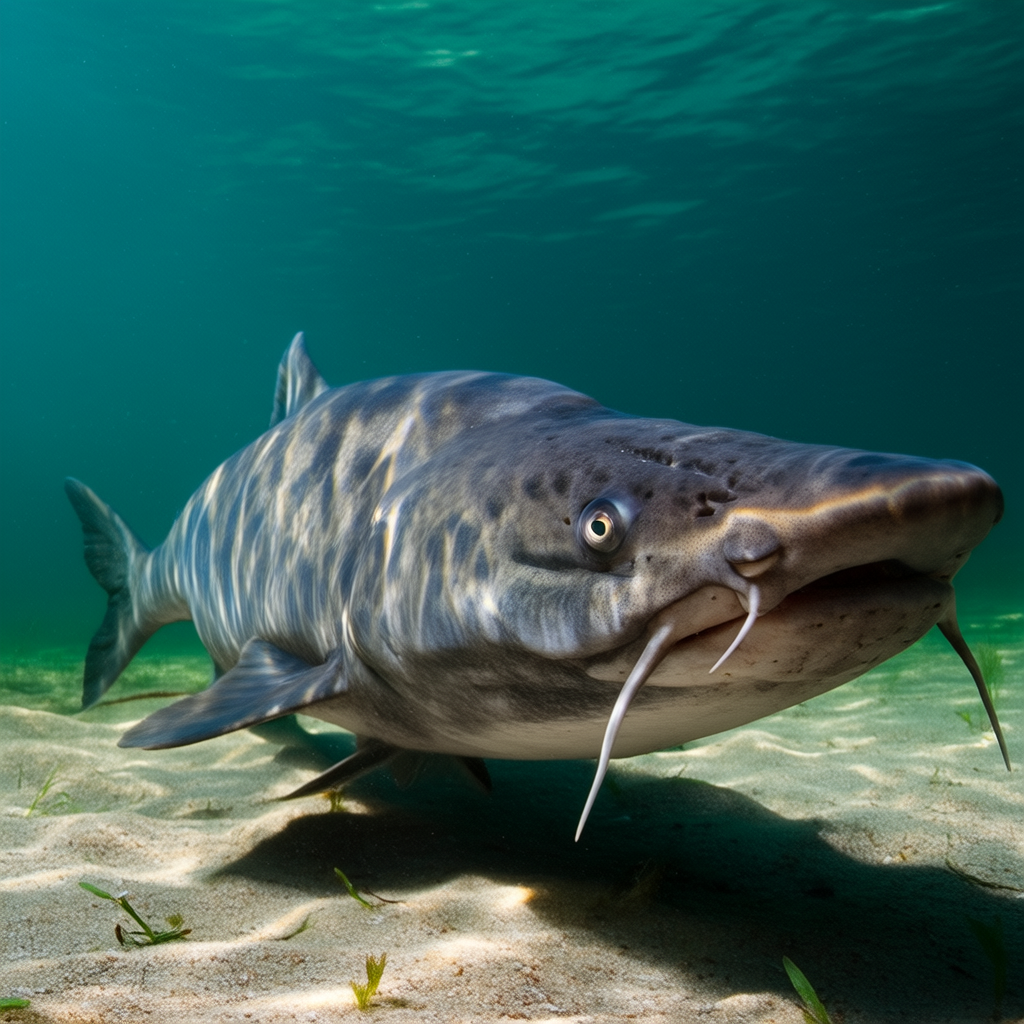Welcome to our comprehensive guide on sheepshead, a unique and intriguing fish species found in various parts of the world. This article aims to delve into the various aspects of sheepshead, including its habitat, physical appearance, behavior, diet, and the importance of its conservation. So, let’s dive right in and discover more about this captivating fish!
What is Sheepshead?
Sheepshead, scientifically known as Archosargus probatocephalus, is a popular saltwater fish species belonging to the family Sparidae. It can be found in the coastal waters of the western Atlantic Ocean, ranging from Nova Scotia to Florida in North America. Sheepshead are also known to inhabit the Gulf of Mexico and the Caribbean Sea.
Physical Appearance
Sheepshead exhibit distinct physical features that set them apart from other fish species. They possess a deep and compressed body with a highly arched back. The characteristic convex profile of their head resembles that of a sheep, hence the name “sheepshead”. Their body is covered in fine scales, and their coloration varies depending on their age and environment.
Size and Weight
These fish usually measure between 14 and 20 inches in length, but larger specimens can reach up to 30 inches or more. In terms of weight, sheepshead typically range from 3 to 15 pounds, with exceptional individuals exceeding 20 pounds. The weight and size of sheepshead can vary significantly depending on factors such as the availability of food and specific habitat conditions.
Distinctive Teeth
One of the most striking features of sheepshead is their set of impressive teeth, which resemble human incisors. These teeth are strong and somewhat flat, enabling the sheepshead to crush the shells of mollusks, crabs, and other hard-bodied prey items that constitute a significant portion of their diet.
Habitat and Distribution
Sheepshead are primarily found in shallow waters, particularly near structured areas such as rocks, jetties, piers, bridges, and oyster reefs. They are known to have a fondness for brackish environments, including estuaries, mangroves, and salt marshes. The species tends to prefer habitats with abundant food sources and adequate protection from predators.
Geographical Range
Sheepshead have a broad geographical distribution, primarily centered around the western Atlantic Ocean. They can be found along the eastern coast of the United States, from as far north as Nova Scotia in Canada down to the coast of Florida and the Gulf of Mexico. In the Caribbean, sheepshead are commonly found in areas such as the Bahamas, Cuba, and the Lesser Antilles, among others.
Behavior and Reproduction
Sheepshead are known for their interesting behavior, which adds to their allure. They are a solitary species, typically found alone or in small groups. During the breeding season, which varies depending on their location, male sheepshead develop a more prominent forehead and exhibit territorial behavior to attract females.
Spawning and Larval Development
Female sheepshead release their eggs into the water column, where they are fertilized by nearby males. The fertilized eggs are buoyant, allowing them to drift with ocean currents. After hatching, the larvae undergo a period of development near the surface before descending to the estuaries and shallow coastal waters, where they find shelter among seagrass beds and mangroves.
Diet and Feeding Habits
The diet of sheepshead is predominantly composed of various invertebrates, especially ones with hard shells. They have a particular affinity for bivalves, such as clams, mussels, and oysters. Their powerful jaws and specialized teeth allow them to crush and consume their preferred prey items with ease. Additionally, sheepshead also feed on crustaceans, small fish, and plant material.
Unique Feeding Technique
Sheepshead employ a rather interesting feeding technique when consuming bivalves and other hard-shelled organisms. They use their teeth to crack open the shells, commonly found in coastal environments. By positioning the prey item between their incisors, the sheepshead applies pressure until the shell breaks, allowing them access to the edible tissue inside.
Importance for Fisheries and Conservation
Sheepshead hold considerable significance in both commercial and recreational fisheries due to their popularity as a game fish and their delectable flesh. Many anglers consider catching sheepshead to be rewarding due to their powerful strikes and their reputation as challenging fighters. Consequently, sheepshead play an essential role in supporting coastal economies through various fishing tournaments and recreational activities.
Conservation Concerns
Although sheepshead are not currently listed as a threatened or endangered species, there are concerns regarding their sustainability. Overfishing, habitat degradation, and pollution are factors that could potentially impact sheepshead populations in the future. Therefore, responsible fishing practices, habitat conservation, and accurate data monitoring are vital to ensure the long-term survival of this fascinating fish species.
Conclusion
In conclusion, sheepshead are incredibly captivating fish species that possess unique physical features, interesting behavior, and play a significant ecological and economic role. They are well-adapted to their coastal habitats and have evolved remarkable feeding techniques. However, it is crucial to acknowledge the importance of responsible fishing and habitat conservation to preserve and protect sheepshead populations for future generations to enjoy.




